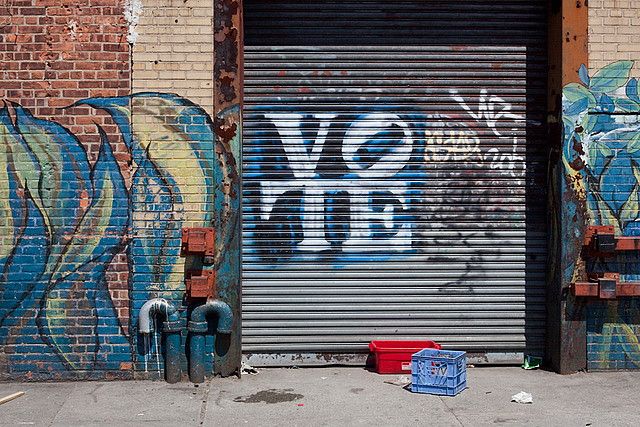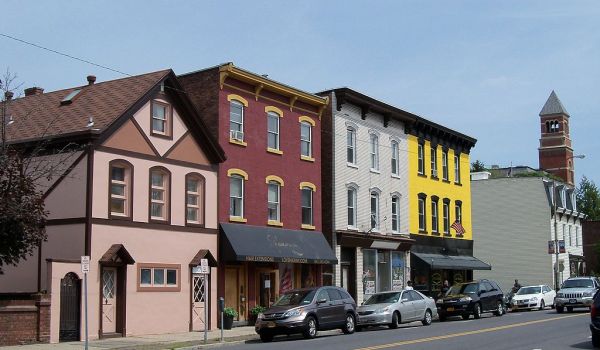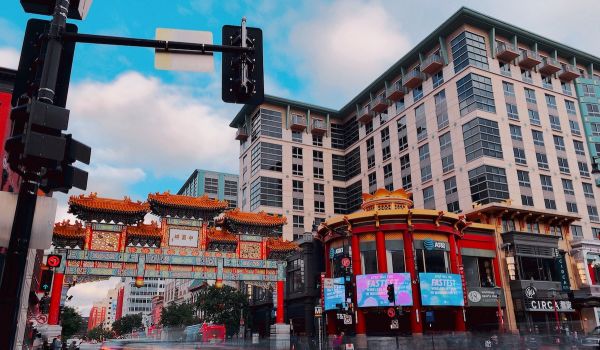For one fleeting moment, it was as if a window had flown wide open after being frozen shut for years. Political leaders dusted off the hoary notion of an urban agenda. The nightly news bristled with tales from the inner city. Many Americans hoped that, somehow, the stubborn dilemmas of crime and poverty that so dehumanize urban life would be tackled with a renewed public will.
- The Houston Chronicle, November 1, 1992
Today, the notion of an urban agenda is much less hoary.
By the time those words appeared in the Houston Chronicle just before Bill Clinton’s election as president, the idea of cities as concentrations of poverty, misery and crime was on its way out. Sure, conservatives still complained that the welfare state had wrecked America’s inner cities and caused the Los Angeles riots. Heck, even Henry Cisneros, Clinton’s Housing and Urban Development secretary, warned about the “anger of the cities.” And, of course, some of this urban decline rhetoric still makes an appearance today.
But over the last twenty years, this idea has faded. During the 2000 presidential campaign, even George W. Bush proposed an “Urban Agenda for the 21st Century” and got a standing ovation from mayors at their annual meeting. “Economic engines” is the catchphrase popular with mayors when describing their cities.
But has this change in how we talk about cities actually done them any good?
In the good old days of urban crisis, it was clear what the federal government needed to do: Target lots of resources to cities to root out poverty and eradicate crime. In this era of urban renaissance, though, the role of the federal government can seem less clear. If cities are so economically powerful and so innovative, why should the feds intervene at all?
President Obama’s first term, as it relates to urban policy, has been about trying to answer this question.
The changes are subtle. The stimulus package addressed many big-ticket urban priorities, from fiscal assistance to infrastructure, though these efforts were insufficiently city-focused. The Office of Management and Budget has required agencies to think about how their activities impact places. Efforts are being made to align transportation, housing and environmental policy. There is the Strong Cities, Strong Communities Initiative promoting economic development in communities with “long-term economic challenges.”
There is no doubt that Washington is still shortchanging cities. Obama hasn’t been able to put urban issues on Congress’s agenda. The White House Office of Urban Affairs began as a public advocate for cities but quickly reduced its visibility. Much of the coordination between mayors and the White House seems to be happening off-camera through the Office of Intergovernmental Affairs.
But an outdated urban agenda this is not. The Obama administration has successfully begun to address urban needs without raising alarms about an urban crisis. No other president since Franklin Roosevelt has done so.
The result is that the stage is set for cities to gain a greater voice as stakeholders in decisions made at the federal level. This is particularly true after Hurricane Sandy, which may be the impetus for the federal government to support local efforts to mitigate and adapt to climate change. Indeed, it will not be surprising if debates about the local needs and federal responsibilities involved with climate change mitigation and adaptation fundamentally change how the federal government interacts with urban areas.
This isn’t to say that the mortgage interest tax deduction is going away any time soon, or that the feds are suddenly going to favor transit over highways. But what Obama has done is, for now at least, pretty significant: His administration has found a way to make policy for places without first having to condemn them.


_600_350_80_s_c1.jpg)













